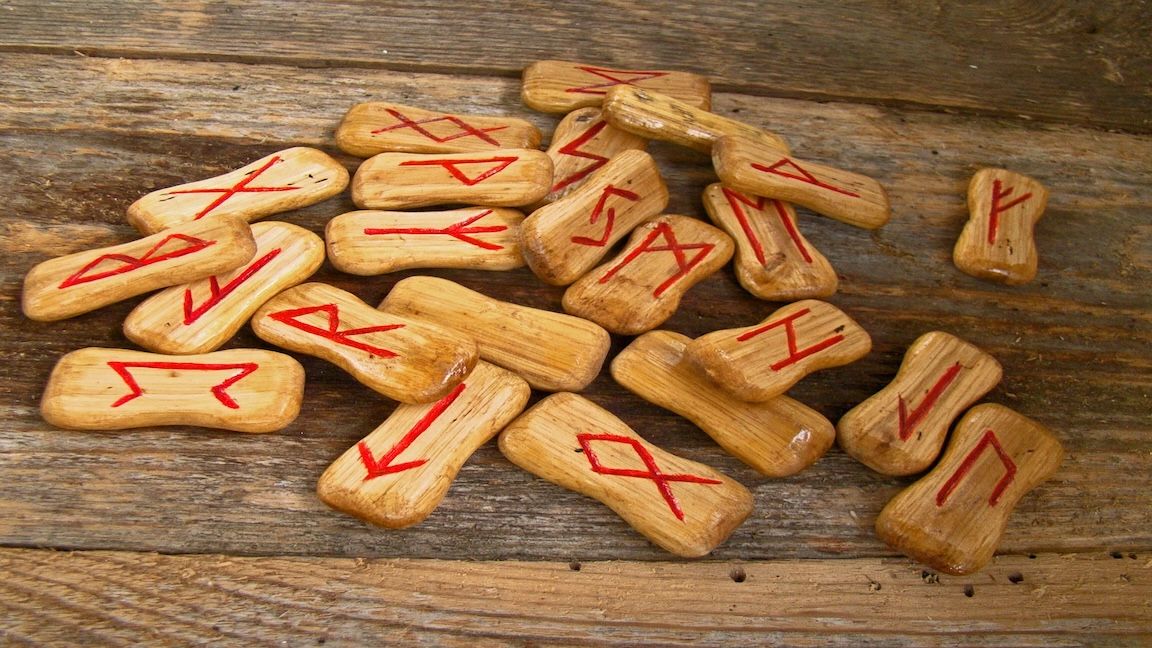[ad_1]

Crypto degens have a new – and, if all goes according to plan, faster, cheaper and safer – way to trade Runes, the Bitcoin ecosystem’s answer to memecoins.
An automated-market maker (AMM) for the Runes protocol is being deployed on Stacks. It’s the first AMM for such tokens on that Bitcoin layer-2 network. The AMM went live on Wednesday, following the unveiling of Stacks’ native BTC-backed asset sBTC on Tuesday.
The teams behind decentralized exchange (DEX) Bitflow Finance and Bitcoin bridge Pontis developed the AMM, a tool that facilitates trading through algorithmic means to improve liquidity. They announced the project Wednesday.
The Runes protocol is a standard for issuing fungible tokens on Bitcoin, building on the work of Ordinals, which allowed data to be inscribed on small denominations of BTC, thus making each one unique and potentially valuable. In the same way that Ordinals could be considered a means of creating the Bitcoin equivalent of NFTs, Runes could be considered a venue for creating memecoins.
Runes launched in April, coinciding with Bitcoin’s fourth halving event, and spurred a flurry of activity, paying 78.6 BTC ($8.18 million) in fees in the 90 minutes after the halving took place.
However, less than a month later, this excitement waned considerably, with fees dropping more than 50%.
Bitflow’s aim is for its AMM to to help Runes scale and address some of the shortcomings holding it back such as slow transaction speeds, high fees and sniping of pending transactions. Sniping is when users exploit the time lag in which a transaction is waiting to be added to a Bitcoin block, by removing them from the waiting room, then adding them back in with their own signature and a higher fee attached.
Bitflow is harnessing Stacks’ Nakamoto upgrade. Stacks is one of several layer-2s that aim to allow smart contracts and other decentralized finance-related functions using Bitcoin as a base layer.
Stacks activated its Nakamoto upgrade in October. It is designed to speed up transaction times considerably by decoupling the L2’s block production schedule from Bitcoin’s.
“Another key feature that Nakamoto unlocks is Bitcoin finality,” Bitflow said. “After a transaction is confirmed, reversing it is at least as hard as reversing a Bitcoin transaction.”
Bitflow is using the Bitcoin bridge Pontis to allow trading between BTC and Runes. Each trade is recorded in one Bitcoin block, which usually takes 10 minutes, and one Stacks block, which takes between five and 10 seconds.
Read More: Bitcoin ‘Four Meggers’: OrdinalsBot Inscribes Largest-Ever File on the OG Blockchain
[ad_2]
Read More: www.coindesk.com









 Bitcoin
Bitcoin  Ethereum
Ethereum  Tether
Tether  XRP
XRP  Solana
Solana  USDC
USDC  TRON
TRON  Dogecoin
Dogecoin  Lido Staked Ether
Lido Staked Ether  Cardano
Cardano  Wrapped Bitcoin
Wrapped Bitcoin  Hyperliquid
Hyperliquid  Wrapped stETH
Wrapped stETH  Sui
Sui  Bitcoin Cash
Bitcoin Cash  Chainlink
Chainlink  LEO Token
LEO Token  Stellar
Stellar  Avalanche
Avalanche  Toncoin
Toncoin  WhiteBIT Coin
WhiteBIT Coin  USDS
USDS  Shiba Inu
Shiba Inu  WETH
WETH  Wrapped eETH
Wrapped eETH  Litecoin
Litecoin  Binance Bridged USDT (BNB Smart Chain)
Binance Bridged USDT (BNB Smart Chain)  Hedera
Hedera  Monero
Monero  Ethena USDe
Ethena USDe  Polkadot
Polkadot  Bitget Token
Bitget Token  Coinbase Wrapped BTC
Coinbase Wrapped BTC  Uniswap
Uniswap  Pepe
Pepe  Aave
Aave  Pi Network
Pi Network  Dai
Dai  OKB
OKB  Ethena Staked USDe
Ethena Staked USDe  Bittensor
Bittensor  BlackRock USD Institutional Digital Liquidity Fund
BlackRock USD Institutional Digital Liquidity Fund  Aptos
Aptos  Cronos
Cronos  Internet Computer
Internet Computer  NEAR Protocol
NEAR Protocol  Jito Staked SOL
Jito Staked SOL  sUSDS
sUSDS  Ethereum Classic
Ethereum Classic